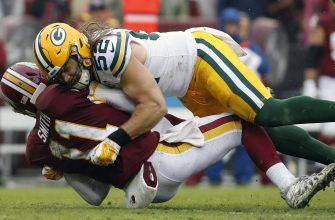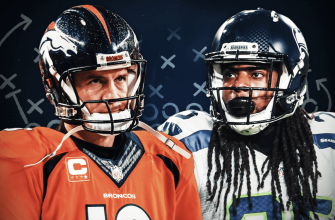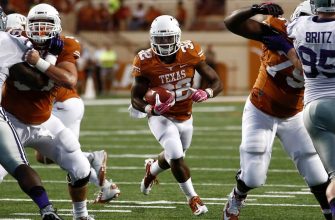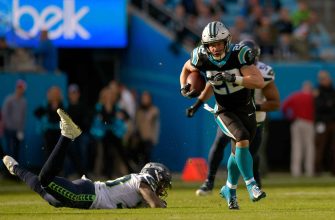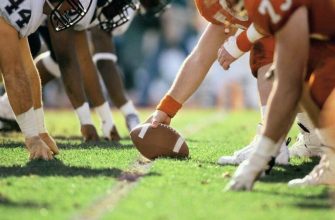Flag football is a thrilling and fast-paced sport that offers all the excitement of traditional football with a unique twist. Whether you’re a seasoned player or new to the game, understanding the rules and strategies is essential for success on the field. In this comprehensive guide, we’ll break down everything you need to know about flag football, from field setup and basic rules to offensive and defensive strategies. So let’s dive in and explore the fascinating world of flag football!
Flag football is a non-contact version of American football that replaces tackling with the pulling of flags attached to each player’s belt. The game is played with two teams, each consisting of seven players on the field. The objective is to score touchdowns by advancing the ball into the opponent’s end zone while the defense tries to pull the ball carrier’s flags to stop their progress.
Flag football offers a safe and accessible way to enjoy the excitement and strategy of football without the physicality of traditional tackle football. It is played by people of all ages and skill levels, from youth leagues to adult recreational leagues, and even in competitive tournaments.
Field Setup and Terms
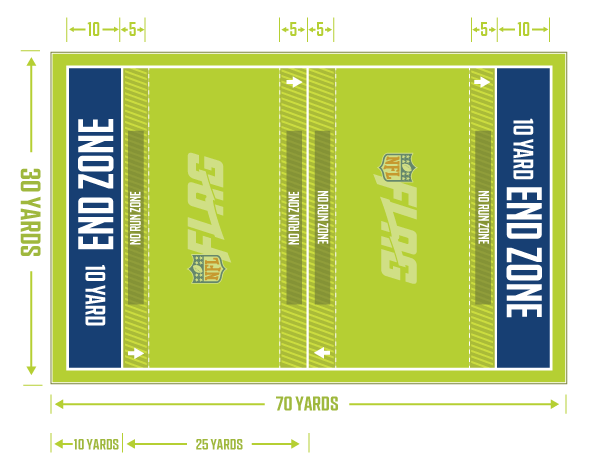
To understand flag football, it’s essential to familiarize yourself with the field setup and key terms used during the game.
Let’s take a closer look at the field and the terminology associated with it:
Boundary Lines
The field is surrounded by boundary lines, including the sidelines and the back of the end zone lines. These lines mark the outer perimeter of the playing area.
Offense and Defense
In flag football, one team is designated as the offense, while the other team is the defense. The offense has possession of the ball and aims to score touchdowns, while the defense tries to prevent the offense from scoring by pulling the ball carrier’s flags.
End Zone
The two end zones are located on opposite sides of the field and serve as the scoring areas. To score a touchdown, a player must cross the goal line, which marks the beginning of the end zone.
No Run Zone
Flag football includes no run zones located five yards before each goal line and at midfield. If the ball is spotted within a no run zone, the offense must use a pass play to earn a first down or score a touchdown. This rule aims to prevent power football in tight spaces and limit contact.
Line-to-Gain
The line-to-gain is the line that the offense must cross to earn a first down or score. It marks the distance needed to continue the offensive drive.
Line of Scrimmage
The line of scrimmage is an imaginary line that extends across the field’s width and runs through the point of the football. It indicates the position where the offense and defense line up before the play begins.
Backfield
The backfield refers to the area directly behind the line of scrimmage. It is where the quarterback and other offensive players position themselves before the play.
Basic Rules of Flag Football
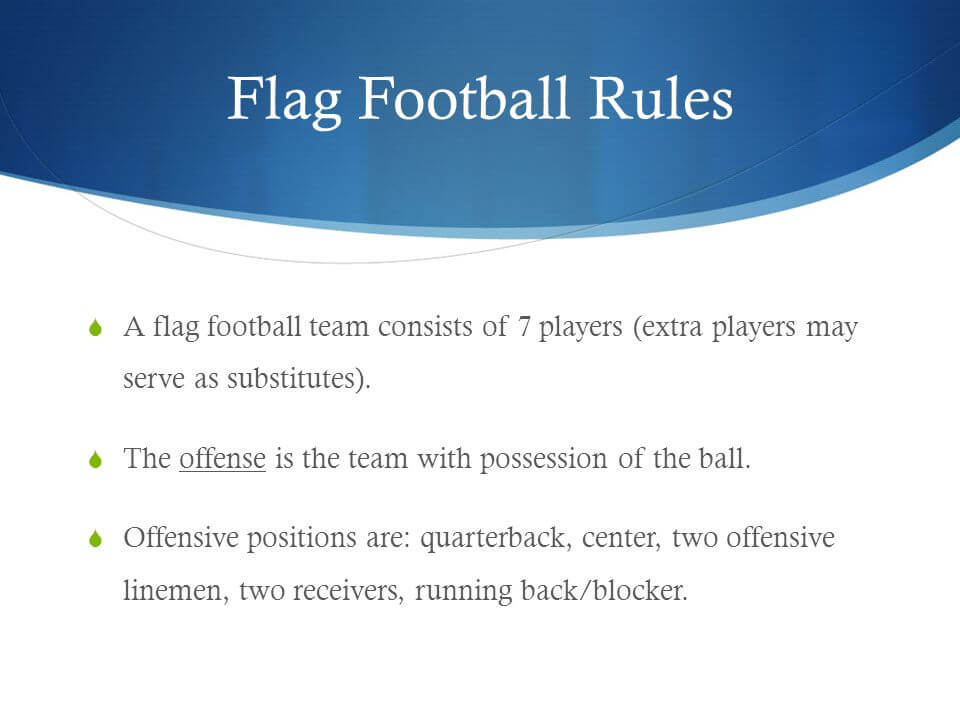
Flag football has several rules that differentiate it from traditional tackle football. Understanding these rules is crucial for players and coaches alike.
Let’s explore the basic rules of flag football:
No Contact
The most important rule in flag football is the absence of contact. Players are not allowed to tackle, block, or screen opponents. Instead, defenders must pull the ball carrier’s flags to stop their progress.
Quarterback Limitations
The quarterback in flag football has specific limitations. They cannot run with the ball unless it has been handed off behind the line of scrimmage. This rule encourages passing plays and strategy on offense.
Forward Passes Only
All passes in flag football must be thrown forward and received beyond the line of scrimmage. Lateral and backward passes are not allowed, except for specific situations such as throwoffs and punt returns.
Ball Dead Situations
Various situations in flag football result in the ball being declared dead. These include when the ball carrier’s flag is pulled, the ball carrier steps out of bounds, the ball carrier’s knee or arm touches the ground, or a touchdown or safety is scored.
Downs and Line-to-Gain
The offense in flag football has four downs to cross midfield and earn a first down. If successful, they are then given three downs to score a touchdown. The line-to-gain marks the distance the offense needs to reach for a first down or touchdown.
Offense in Flag Football
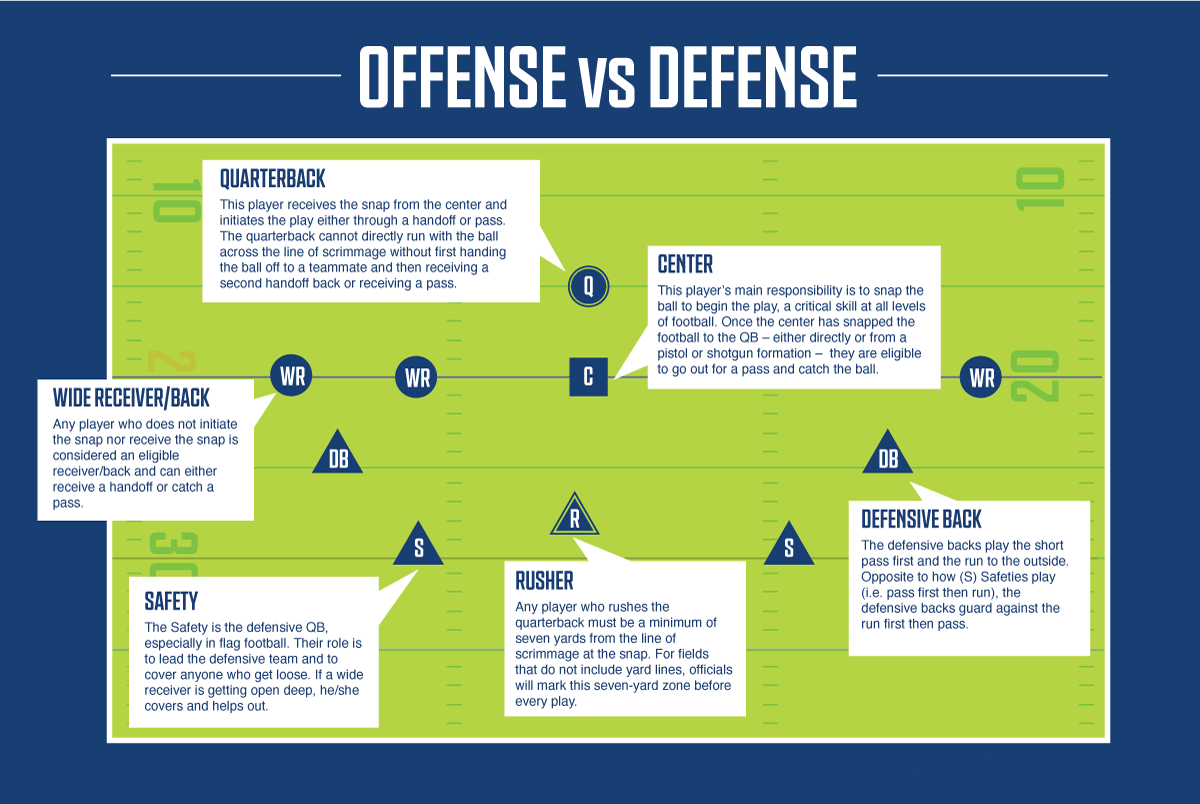
The offense in flag football is responsible for advancing the ball and scoring touchdowns.
Let’s explore the key aspects of offensive play:
Quarterback
The quarterback is the leader of the offense and is responsible for throwing the ball. Unlike traditional football, the quarterback in flag football doesn’t necessarily have to be the primary passer on the team.
Center
The center is the player who snaps the ball to the quarterback to initiate the play. They play a crucial role in ensuring a clean and accurate snap.
Wide Receivers and Running Backs
The offense typically includes wide receivers and running backs who are responsible for running routes, catching passes, and advancing the ball. Each player on the field is eligible to receive a pass, adding an element of unpredictability to the offense.
Offensive Line
While flag football doesn’t have traditional offensive linemen, some variations of the game may include players who serve as blockers to protect the quarterback and create running lanes. The blocking rules in flag football are typically less strict than in tackle football.
Running Plays
Running plays in flag football involve handing off the ball to a running back or using a lateral or pitch to advance the ball. While traditional north/south handoffs are not allowed, east/west handoffs and pitches are permitted.
Defense in Flag Football
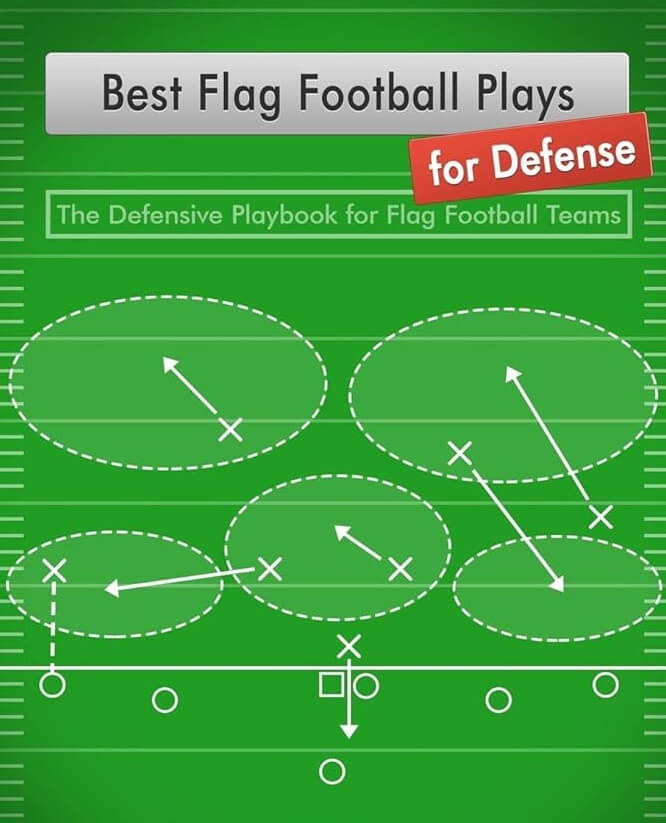
The defense in flag football aims to prevent the offense from scoring by pulling the ball carrier’s flags.
Let’s explore the key aspects of defensive play:
Rushing the Passer
Defensive players are allowed to rush the passer after a two-second delay from the snap. The objective is to reach the quarterback and pull their flags before they can release the ball.
Coverage and Flag Pulling
Defensive players must effectively cover offensive players and anticipate their routes. The primary objective is to pull the ball carrier’s flags to stop their progress and force a turnover.
Blitzing
Defenses are allowed to blitz five times per half without waiting for the two-second delay. Blitzing involves sending additional defenders to pressure the quarterback and disrupt the offense’s rhythm.
Defensive Formations
Defensive formations in flag football can vary, depending on the strategy and personnel. Both man-to-man and zone coverage can be effective, and coaches often tailor their formations to the strengths of their players.
Scoring in Flag Football
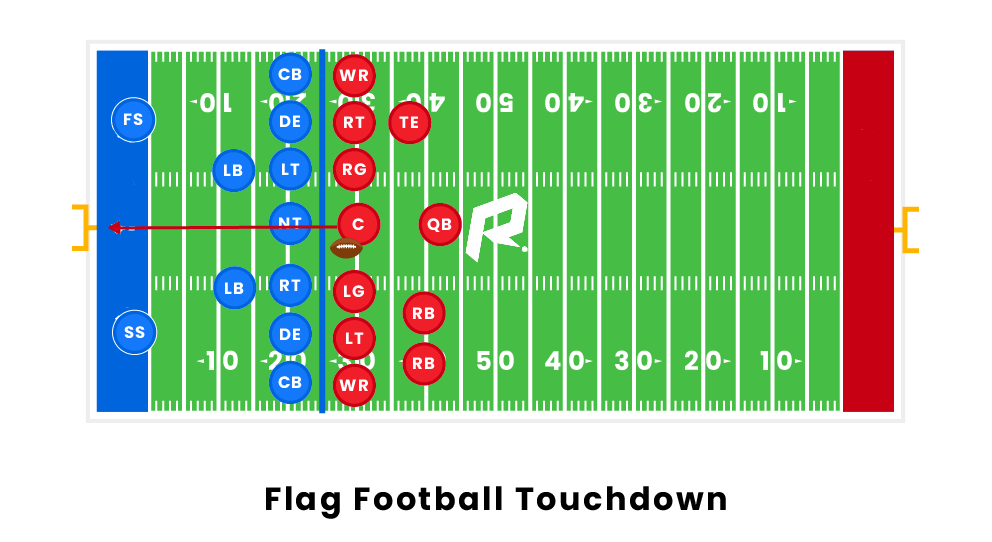
Scoring in flag football is similar to traditional football, with touchdowns being the primary objective.
Let’s explore the scoring system in flag football:
Touchdowns
A touchdown in flag football is worth six points. To score a touchdown, the offense must advance the ball into the opponent’s end zone, with the ball carrier’s flags intact.
Extra Points
After scoring a touchdown, the offense has options for extra points. They can attempt a one-point conversion from the five-yard line, a two-point conversion from the ten-yard line, or a three-point conversion from the fifteen-yard line.
Safeties
A safety in flag football occurs when the ball carrier is declared down in their own end zone. This can happen when their flags are pulled, they step out of bounds, or their knee or arm touches the ground in the end zone. A safety is worth two points for the defensive team.
Running Plays in Flag Football

Running plays in flag football involve various strategies to advance the ball on the ground.
Let’s explore the key aspects of running plays:
Handoffs and Laterals
Running plays in flag football can employ handoffs to running backs or laterals to other offensive players. While traditional north/south handoffs are not allowed, east/west handoffs and pitches are permitted. Only one lateral is allowed per play, except for throwoffs and punt returns.
No Run Zones
Flag football includes no run zones located five yards before each goal line and at midfield. If the ball is spotted within a no run zone, the offense must use a pass play to earn a first down or score a touchdown. This rule encourages a more open and strategic style of play.
Running Back Routes
Running backs in flag football often run various routes, including slants, outs, and wheel routes, to create mismatches against the defense. These routes can create opportunities for the quarterback to deliver accurate passes and gain significant yardage.
Passing Plays in Flag Football

Passing plays are a crucial component of flag football, offering the opportunity for big gains and touchdowns.
Let’s explore the key aspects of passing plays:
Forward Passes Only
All passes in flag football must be thrown forward and received beyond the line of scrimmage. This rule encourages quarterbacks and receivers to develop their timing and accuracy.
Quarterback Mobility
While the quarterback cannot run with the ball unless it has been handed off, they can move behind the line of scrimmage to create passing opportunities. Quarterbacks often utilize pump fakes and quick footwork to deceive defenders and create passing lanes.
Receiver Routes
Receivers in flag football run various routes, including slants, curls, and go routes, to create separation from defenders. Route running and timing are crucial for successful passing plays.
Creating Mismatches
Offensive coordinators often design passing plays to exploit mismatches against the defense. This can involve using formation variations, motion, and shifts to confuse defenders and create open passing lanes.
Flag Football Formations and Strategies
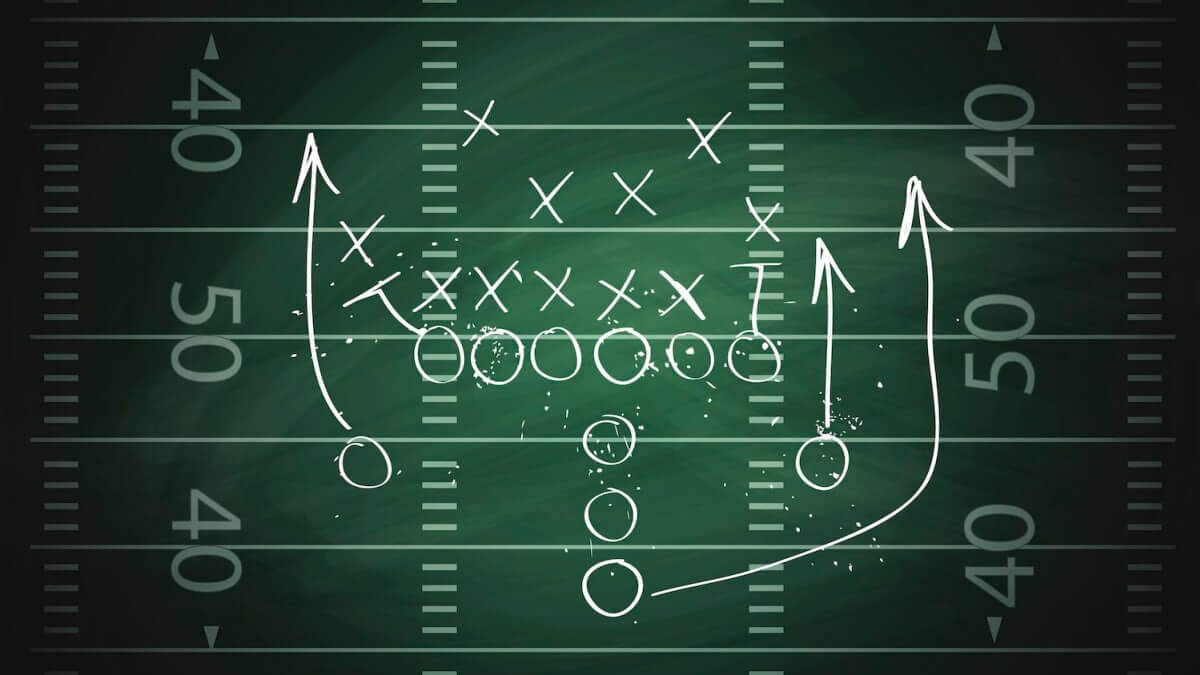
Flag football formations and strategies play a significant role in the success of an offense or defense.
Let’s explore some common formations and strategies used in flag football:
Spread Offense
The spread offense is a popular formation in flag football, featuring multiple receivers spread out across the field. This formation aims to create mismatches and open passing lanes.
Trips Formation
The trips formation involves three receivers aligned on one side of the field. This formation can create confusion for the defense and provides opportunities for quick passes and screen plays.
Zone Defense
Zone defense is a common strategy in flag football, where defenders are assigned specific zones to cover. This strategy aims to limit passing options and force the offense into making mistakes.
Man-to-Man Defense
Man-to-man defense assigns defenders to cover specific offensive players. This strategy requires strong individual coverage skills and can disrupt the timing of the offense’s passing plays.
Blitz Packages
Defensive coordinators often incorporate blitz packages to put pressure on the quarterback and disrupt the offense’s rhythm. Well-timed blitzes can lead to sacks, turnovers, and negative plays for the offense.
Penalty Enforcement in Flag Football
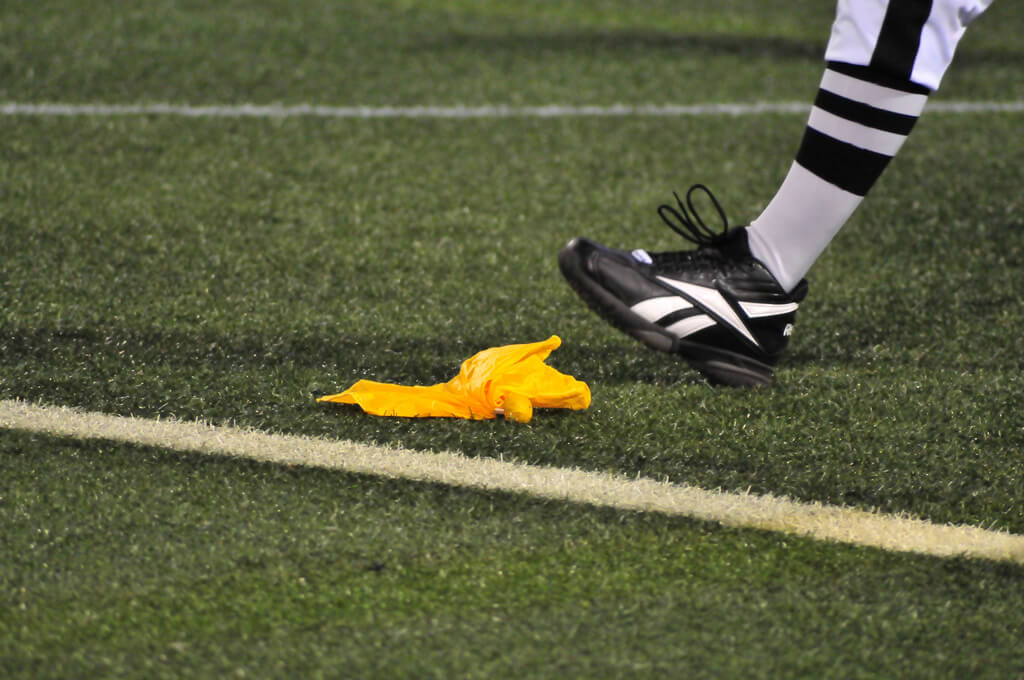
Penalties in flag football are enforced to maintain fairness and safety on the field.
Let’s explore the enforcement of penalties:
Penalty Types
Flag football has various penalty types, including offensive and defensive pass interference, holding, illegal contact, unsportsmanlike conduct, and illegal flag guarding. Each penalty carries its own consequences, such as loss of down or yardage.
Penalty Enforcement
Most penalties in flag football result in a loss of down or a free play for the non-offending team. The ball is generally put into play at the spot of the foul or the previous spot.
Official’s Role
The game’s officials are responsible for enforcing penalties, ensuring fair play, and maintaining the flow of the game. Their judgment and knowledge of the rules are crucial for a well-controlled and enjoyable flag football experience.
Flag Football Equipment
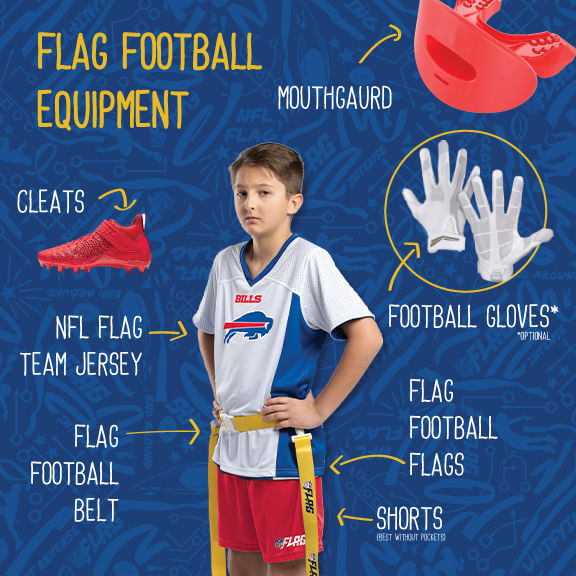
Flag football requires minimal equipment compared to traditional tackle football.
Let’s explore the essential equipment for flag football:
Flags and Belt
Every player needs a flag football set, which includes flag football flags and a belt. These flags are attached to the belt and are pulled by defenders to stop the ball carrier’s progress.
Athletic Attire
Players should wear athletic attire suitable for running and physical activity. This typically includes shorts without pockets to avoid penalties and finger injuries.
Mouthguard
While not mandatory in all flag football leagues, wearing a mouthguard is highly recommended for safety. A mouthguard protects the teeth and reduces the risk of dental injuries.
Cleats
Flag football can be played on various surfaces, so it’s important to wear appropriate footwear. Football cleats with rubber or plastic studs are ideal for providing traction and stability on grass or turf fields.
Optional Equipment
Some players choose to wear football gloves, which can provide better grip on the ball. Other optional equipment includes wristbands, arm sleeves, and headbands for personal style and comfort.
Conclusion
Flag football offers an exciting and accessible alternative to traditional tackle football. With its emphasis on strategy, skill, and teamwork, flag football provides a thrilling experience for players of all ages and skill levels. By understanding the field setup, rules, offensive and defensive strategies, and equipment requirements, you can fully enjoy the game and compete at your best.
So gather your friends, hit the field, and experience the joy of flag football!


